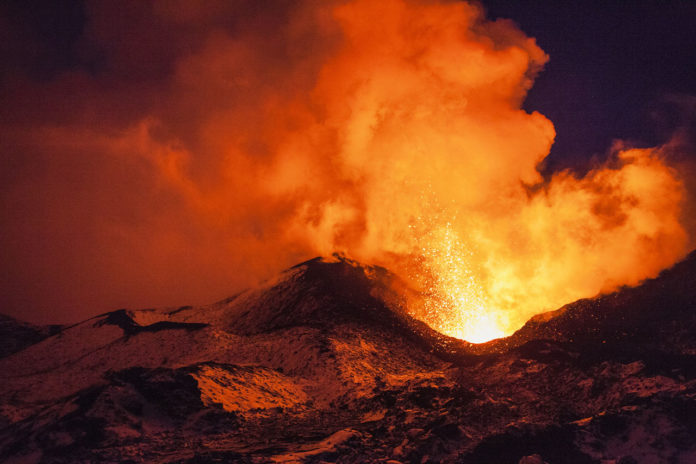The Cooper and Eromanga Basins of South Australia and Queensland are the most significant coastal hydrocarbon generating region in Australia. Igneous rocks have been archived infrequently within the end of, with a late Triassic to Jurassic age decided from useful information. Nonetheless, the areal extent and nature of these basaltic rocks were, to a great extent, indistinct.
Now, an international team of subsurface explorers from the University of Adelaide in Australia and the University of Aberdeen in Scotland has revealed a formerly undescribed Jurassic world of around 100 ancient volcanoes buried deep inside the Cooper-Eromanga Basins of central Australia.
The explorers used advanced subsurface imaging techniques, analogous to medical CT scanning, to identify the plethora of volcanic craters and lava flows, and the deeper magma chambers that fed them. They’ve called the volcanic region the Warnie Volcanic Province, with a nod to Australian cricket legend Shane Warne.
The volcanoes created in the Jurassic period, between 180 and 160 million years ago, and have been consequently buried beneath many meters of sedimentary—or layered—rocks.
Scientists noted, “The Cooper-Eromanga Basins are now a dry and barren landscape but in Jurassic times, would have been a landscape of craters and fissures, spewing hot ash and lava into the air, and surrounded by networks of river channels, evolving into large lakes and coal-swamps.”
Co-author Associate Professor Simon Holford, from the University of Adelaide’s Australian School of Petroleum, said, “While the majority of Earth’s volcanic activity occurs at the boundaries of tectonic plates, or under the Earth’s oceans, this ancient Jurassic world developed deep within the interior of the Australian continent.”
“Its discovery raises the prospect that more undiscovered volcanic worlds reside beneath the poorly explored surface of Australia.”
Co-author Associate Professor Nick Schofield, from the University of Aberdeen’s Department of Geology and Petroleum Geology, said, “The Cooper-Eromanga Basins have been substantially explored since the first gas discovery in 1963. This has led to a massive amount of available data from underneath the ground but, despite this, the volcanic have never been properly understood in this region until now. It changes how we understand processes that have operated in Earth’s past.”
The scientists have named their discovery the Warnie Volcanic Province after one of the drill holes that penetrated Jurassic volcanic rocks (Warnie East-1), itself named after a nearby waterhole), but also in recognition of the explosive talent of former Australian cricketer Shane Warne.
The study is published in the journal Gondwana Research.
